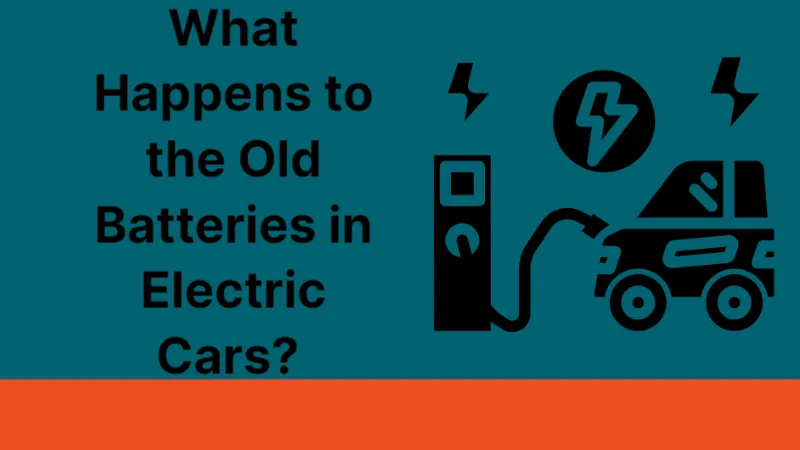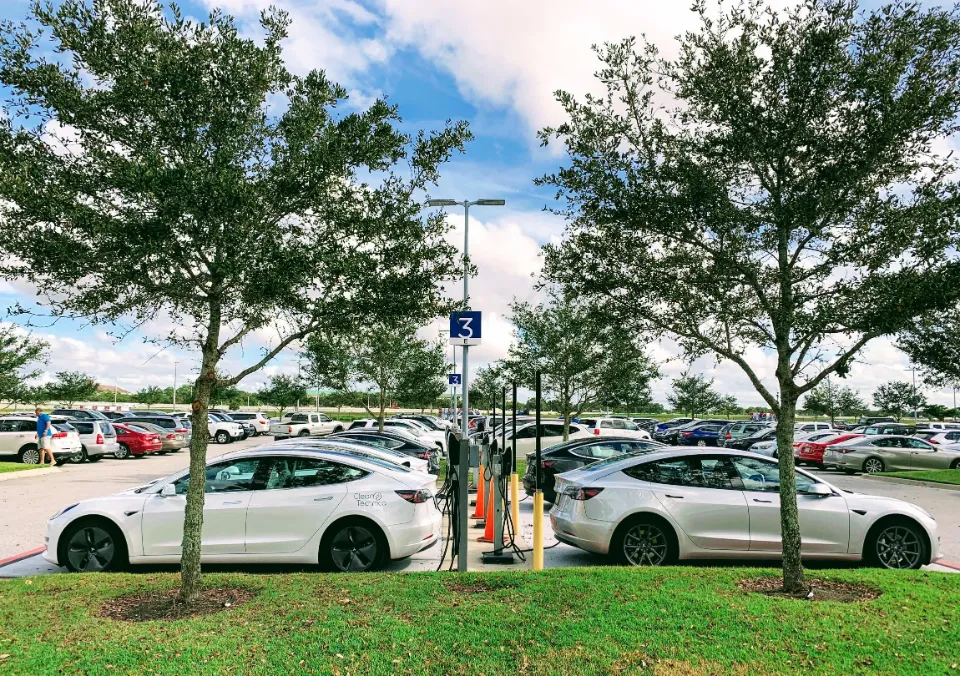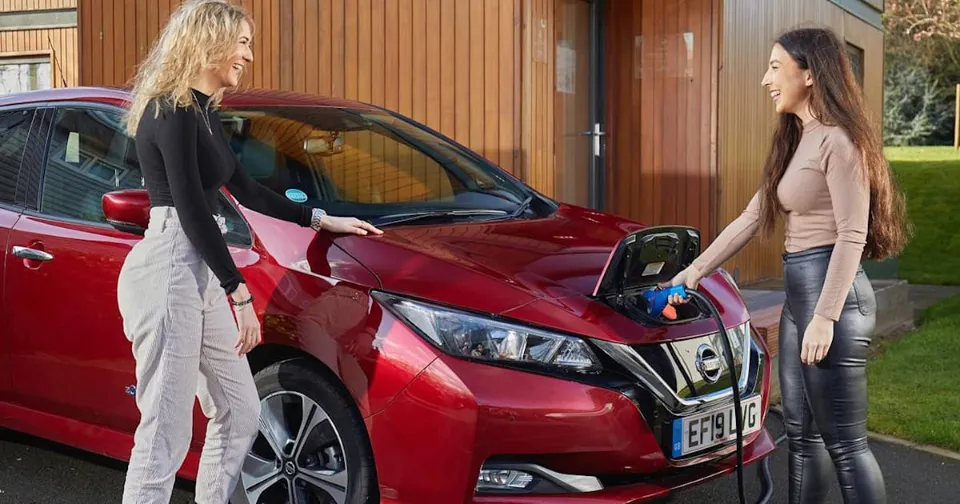With the EV revolution well underway, one recurring query is: What Happens to the Old Batteries in Electric Cars?
EV batteries will gradually lose capacity over time; the average annual range loss for current EVs is about 2%. The driving range may significantly decrease over time. EV batteries can be maintained, and if any of the battery’s cells become faulty, they can be changed. However, there is a chance that the entire battery pack may need to be replaced if it has too much degradation after many years of use and several hundred thousand miles. An engine or transmission replacement in a gas car would cost between $5,000 and $15,000.
What Happens to EV Batteries When They No Longer Power Cars Reliably and Quickly?
An EV battery still has usable life after it begins to lose its ability to power a vehicle over a long distance. The “second life” of an electric car battery kicks in when its efficiency falls to 70% or less.
An EV battery has a second life after 100,000 to 200,000+ miles on the road…
“An EV battery has a second life after 100,000 to 200,000+ miles on the road,” explains Graeme. “There’s still residual life in the viable battery, so it can be hung in your garage or in the cupboard under the stairs as a static battery energy storage system, if you have a renewable energy source like solar panels.”
This EV battery second stage usefulness, when paired with renewable energy, means people can save on bills and increase their use of clean energy.
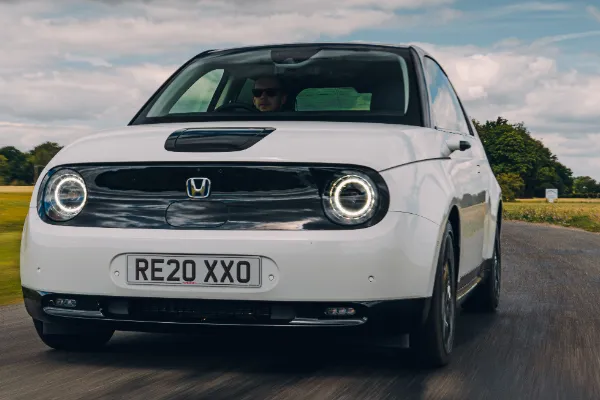
A Green Cycle for EV Batteries?
Aside from energy storage in your home or workplace, on a larger scale former EV batteries can be used to power manufacturing plants and streets. The factories that make the batteries may eventually be powered by the recycled batteries in a beneficial energy cycle.
Electric vehicle manufacturers are making big investments to give car batteries a new lease of life in large-scale battery storage systems.
Nissan is using retired EV batteries to provide back-up power to the Amsterdam Arena – the entertainment centre and home to Ajax Football Club.
Toyota will be installing ex-EV batteries outside convenience stores in Japan. Power generated by solar panels will be kept in the batteries. In-store beverage refrigerators, food warmers, and fresh food counters will all be powered by the energy that was previously stored.
Renault has also announced that the EV batteries from the Renault Zoe EV will be repurposed to generate power to the Powervault– a home energy battery storage system. Nissan has also introduced XStorage, which uses Nissan Leaf car batteries as storage systems for residences and commercial buildings.
Electric Car Battery Technology
EV batteries go through cycles of “discharge” while driving and “charge” when the car is plugged in. The battery’s capacity to hold a charge changes as this process is repeated repeatedly. This shortens the distance between charges and the range. The majority of manufacturers offer a battery warranty of five to eight years. However, the current prediction is that an electric car battery will last from 10 – 20 years before they need to be replaced.
How a battery and the car’s electric motor work together is surprisingly simple – the battery connects to one or more electric motors, which drive the wheels. When you press the accelerator the car instantly feeds power to the motor, which gradually consumes the energy stored in the batteries.
When you release the accelerator, the car starts to slow down by converting its forward motion back into electricity thanks to the fact that electric motors can also function as generators; this effect is amplified if you apply the brakes. By recovering lost energy and storing it in the battery once more, regenerative braking increases a vehicle’s range.
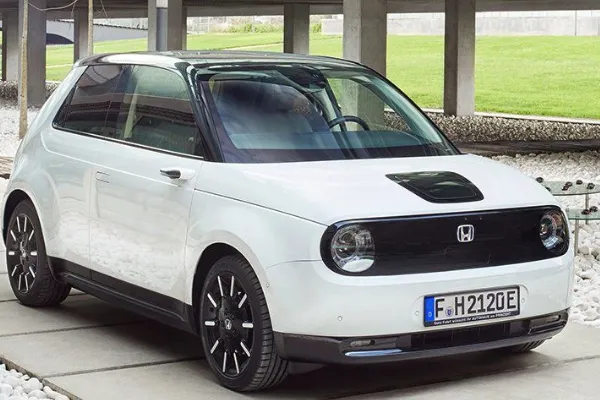
Electric Car Battery Recycling
Many manufacturers are looking into new uses for EV batteries after they reach retirement age. Repurposing EV batteries to power homes and buildings is one concept that is working well. What will happen to EV batteries after they are no longer recyclable, however, is a question for which there are no firm answers.
In many cases, the time batteries spend in an EV is only the start of their useful life. After being removed from a car, the majority of batteries are still suitable for demanding jobs like energy storage in the electricity network or in homes, which is a growing area of demand.
When a battery does reach the end of its useful life, it will be recycled, which usually entails separating out valuable materials like cobalt and lithium salts, stainless steel, copper, aluminum, and plastic. Currently, only about half of the materials in an EV battery pack are recycled, but since EVs are predicted to experience a meteoric rise in popularity over the course of the next ten years or so, automakers are working to change this.
VW recently announced a pilot plant for battery recycling which will work towards a target of recycling 97% of battery components. Batteries will be crushed, dried, and sieved during this process to recover valuable components that can be used to create new batteries.
Read about Costs of Electric Car Battery Replacement
Will EV Batteries Be Recycled at the End of Their Working Life?
Yes, when EV batteries are no longer functional, they will be recycled. The majority of EV providers in the US allow the batteries to be reused a second or third time after the typical 8 to 10 year battery warranty has passed. As electric cars take pole position on our roads – reducing greenhouse gas emissions and noise pollution compared to cars powered by fossil fuels – the race is on to find ever better recycling methods to unlock their full green potential.
EV batteries won’t be disposed of in landfills because it is not environmentally or economically sensible to do so.
“The active battery recycling market is in its infancy, as car batteries are so reliable and long-lived,” explains Graeme. “But we can anticipate a tremendous increase in recycling technology. EV batteries won’t be disposed of in landfills because it is not environmentally or economically sensible to do so.”
To optimize the separation and recycling process of end-of-life batteries, current smelting and leaching techniques as well as battery designs will be refined in the upcoming years. In the UK, the Office for Zero Emission Vehicles (OZEV) has launched a £7million ($8.5m) competition for on-vehicle solutions that address challenges associated with the transition to zero emission vehicles, including improving sustainability.
In his capacity as Tesla’s previous CTO, J. B. Straubel, has launched Redwood Materials, one of a crowd of new start-ups racing to solve a problem that doesn’t exist yet; how to recycle electric car batteries that will be past their prime.
Straubel told Wired: “With so many batteries in use, it just seems blatantly obvious that we will eventually create an ecosystem for remanufacturing.”

